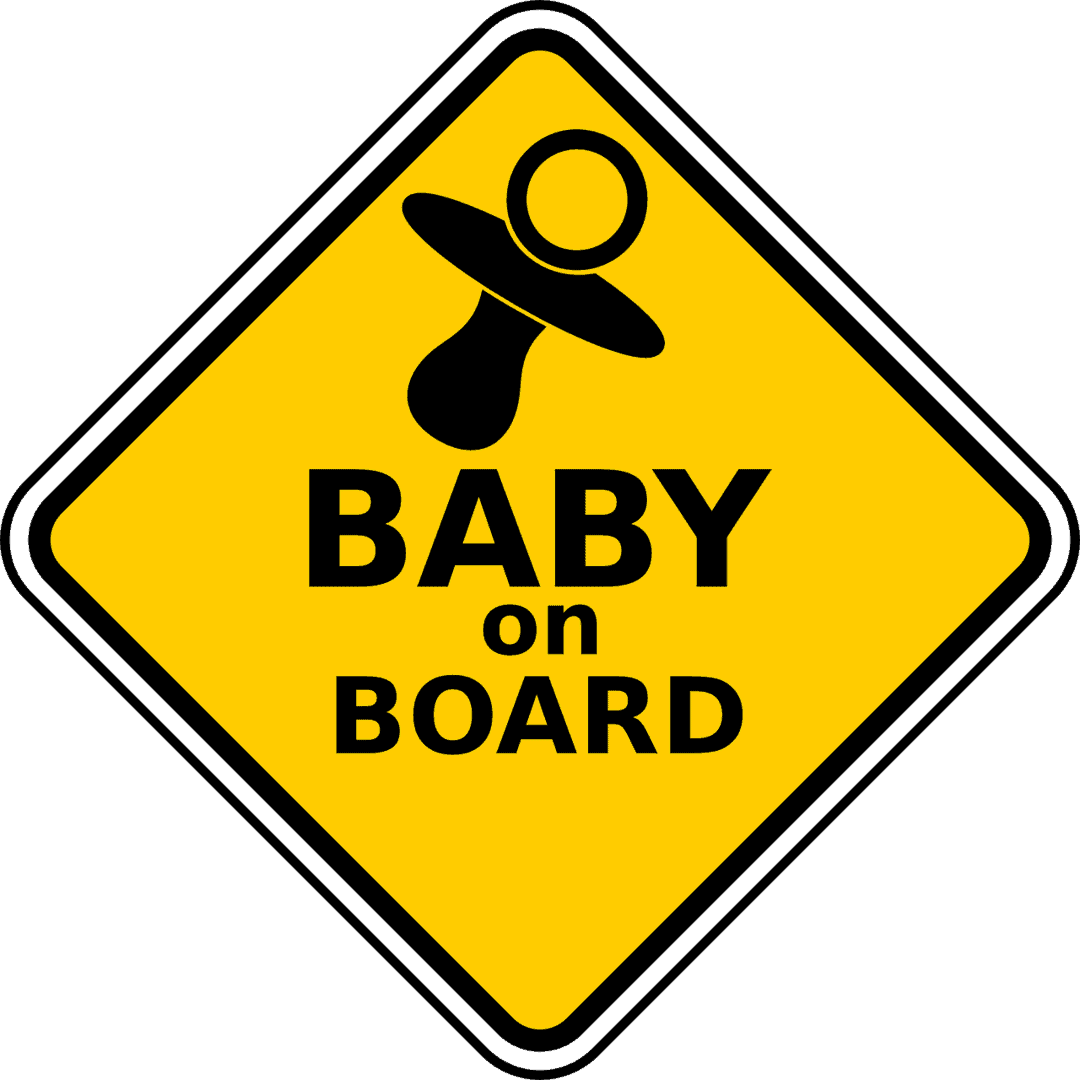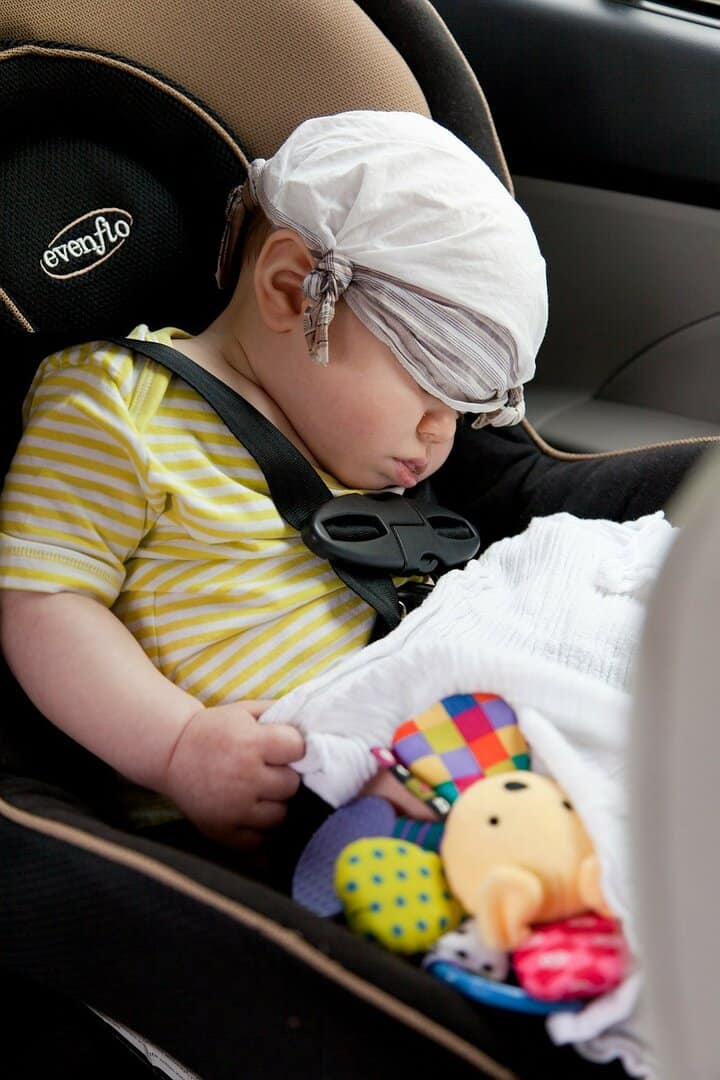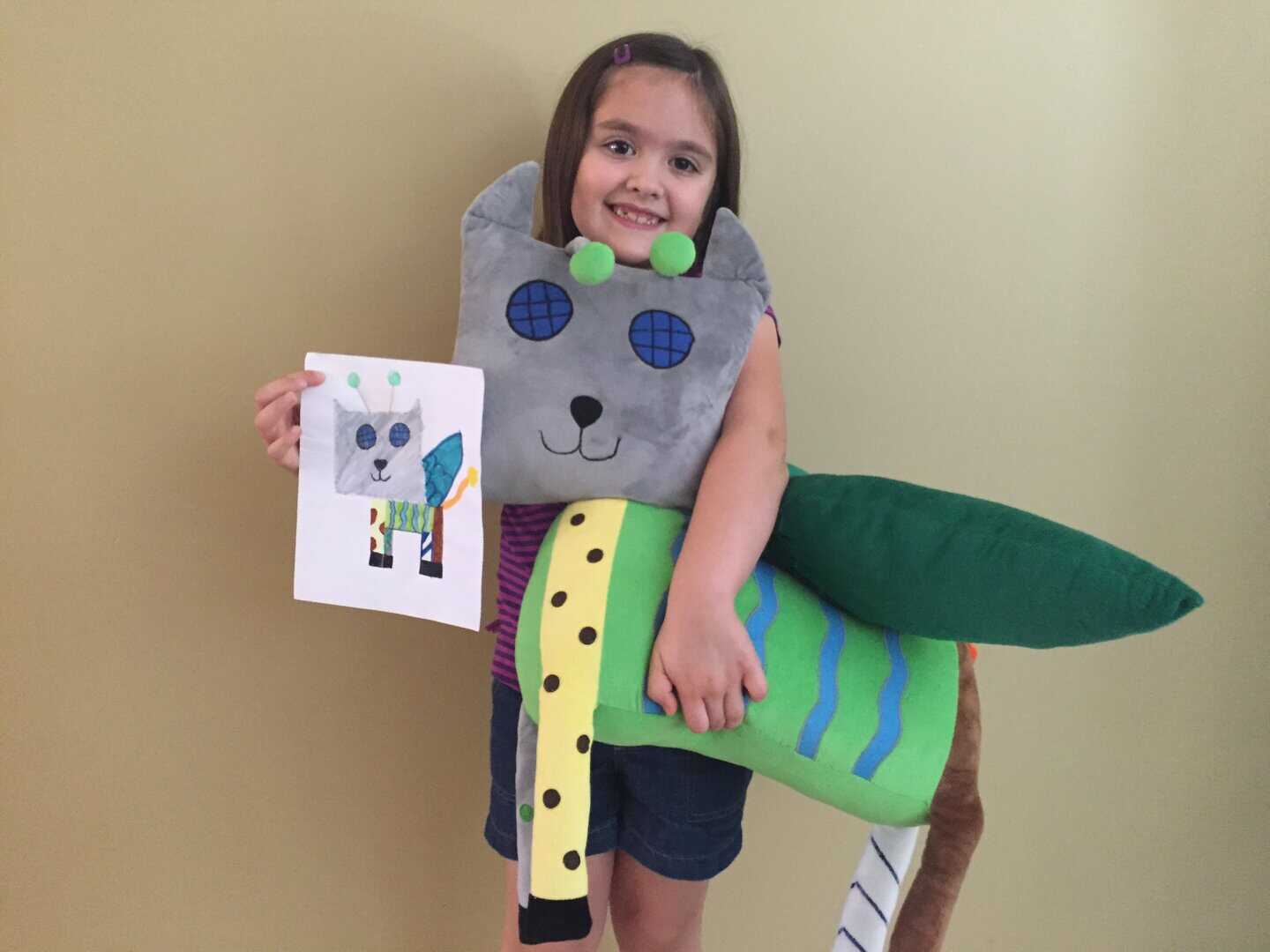We are a professional blog site that may receive compensation or free samples from the companies whose products and topics we write about. We are independently owned, and the opinions expressed here are of the writer. To read the full disclosure click here.
______________________________
Being a parent comes with a number of responsibilities, but perhaps the most stressful of them all is driving with your children or having someone else drive them. This is because you need to make sure that your child’s car seat is installed the correct way and that they are buckled in properly each and every time they’re in the car.
You may have seen articles and videos that have gone viral showing the importance of car seat safety where a child’s life was saved thanks to a properly installed car seat. It’s a good reminder for parents of the importance to have car seats installed properly in their car. Here are some tips to remember when installing a car seat, but always refer to the instructions manual for specifics regarding your seat.
Different types of car seats
There are three popular types of child safety seats available on the market: infant, convertible, and booster. Make sure you’re making the right choice for your child depending on their age, weight, and stage.
Infant car seat
Infant car seats are mostly rear-facing which is perfect for newborn babies. While there are some convertible car seats that are safe to use during the newborn days, many parents prefer infant car seats as they are more convenient to use. Infant car seats have a base installed in the car so you can snap the seat in and out. Infant car seats have harnesses and recline in angles specially designed with newborns in mind. These seats are available with specific weight and height limits. Here are some points to check if you have adjusted the seat correctly if:
- The harness straps come through the seat’s slots at or just below the child’s shoulders.
- The clip is at the armpit level.
- The crotch strap is in the position closest to the child without being underneath them.
- You should not be able to pinch the straps at the child’s shoulder.
Convertible car seat
Convertible car seats are great as they can be used as forward-facing car seats as well as rear-facing seats once your child reaches the right size and stage for the switch. There are many manufacturers that offer convertible car seats which can be used from newborn until your child is ready for just a seatbelt.
When to switch from rear-facing to forward-facing?
According to reports, children under the age of 2 are 90% less likely to sustain serious injury when they are kept in a rear-facing seat. So, it is recommended to keep your child rear-facing until the age of 2. In case of an accident, a rear-facing car seat allows your child’s head, neck, and spine to move evenly into the seat, not away from it. While the number of years will eventually depend on the seat you choose. Some seats can convert from a 5-point harness to a high-back or no-back booster, so it can continue to grow with your child.
If you are looking for the best-in-class car seat for your toddler then you can opt for Maxi-Cosi car seat as they follow all the safety guidelines.







